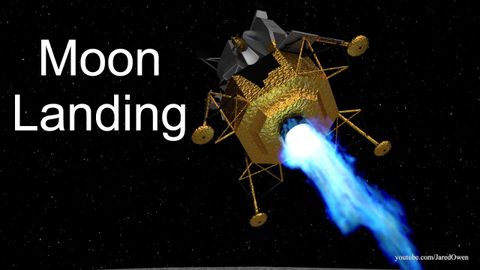阿波羅火箭運作原理: 第2集(How the Apollo Spacecraft works: Part 2)
joey joey 發佈於 2021 年 04 月 26 日  沒有此條件下的單字
沒有此條件下的單字- n. (c./u.)大小;規模;魚鱗;比例;等級;標尺
- v.t./i.測量;攀登;魚鱗
US /ɪkˈstrim/
・
UK /ɪk'stri:m/
- adj.極端的;盡頭的;極端的;極端的
- n.最大程度的努力;極限;極端手段
US /kənˈsɪdər /
・
UK /kən'sɪdə(r)/
US /ɪˈnɪʃəli/
・
UK /ɪˈnɪʃəli/

